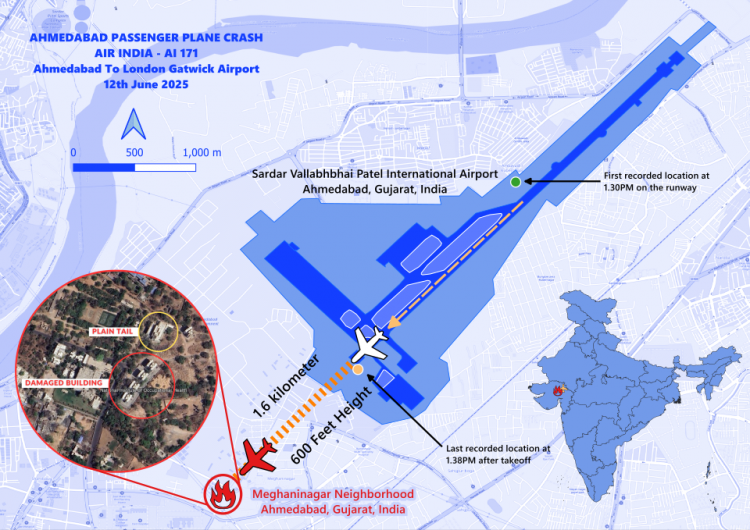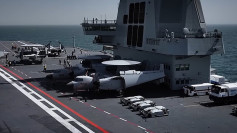Investigators in India have retrieved and begun analyzing black box data from the fatal Air India crash earlier this month that killed 260 people, including 241 passengers and crew on board and 19 individuals on the ground. The Boeing 787 Dreamliner, bound for London, plunged to the ground shortly after taking off from Ahmedabad on June 12, marking the deadliest aviation disaster globally in over a decade.
India's Ministry of Civil Aviation confirmed Thursday that data from the front recorder, known as the enhanced airborne flight recorder, was successfully accessed by a team led by the Aircraft Accident Investigation Bureau with assistance from the U.S. National Transportation Safety Board. "These efforts aim to reconstruct the sequence of events leading to the accident and identify contributing factors to enhance aviation safety and prevent future occurrences," the ministry stated.
The cockpit voice recorder (CVR) and flight data recorder (FDR), commonly referred to as black boxes, were recovered in the days following the crash. One was found on a rooftop on June 13, and the other within wreckage on June 16. They were transported to Delhi earlier this week for data extraction.
Video footage and early reports indicated the aircraft lost altitude rapidly after takeoff. The Wall Street Journal reported that the plane's emergency power system, the ram air turbine (RAT), was active when it crashed, which may suggest a total loss of engine power.
The investigation is exploring multiple possibilities, including flap deployment issues during takeoff in 40°C heat, fuel contamination, and engine thrust anomalies. A source close to the investigation said the aircraft lost height after reaching just 650 feet. The presence of the RAT, a device that automatically deploys to provide power during emergencies, may indicate systemic failures rather than isolated pilot error.
Speculation has also emerged around potential double engine failure, possibly due to bird strikes-Ahmedabad airport recorded over 460 such incidents in the past five years-though no birds were seen in CCTV footage of the crash.
Anthony Brickhouse, a U.S. aviation safety expert, told Reuters the delay in downloading the black box data was unusual given the severity and global attention surrounding the crash. "Normally countries know that the world is watching," he said.
GE, which manufactured both the aircraft's engines and the enhanced airborne flight recorder, sent experts to support the investigation. The forward recorder includes a dedicated battery-powered crash protection module that ensures about 10 minutes of operation if aircraft power is lost.
India has said that its investigative steps are consistent with international protocols and conducted in a "time bound manner." The preliminary report is expected within 30 days of the accident.





